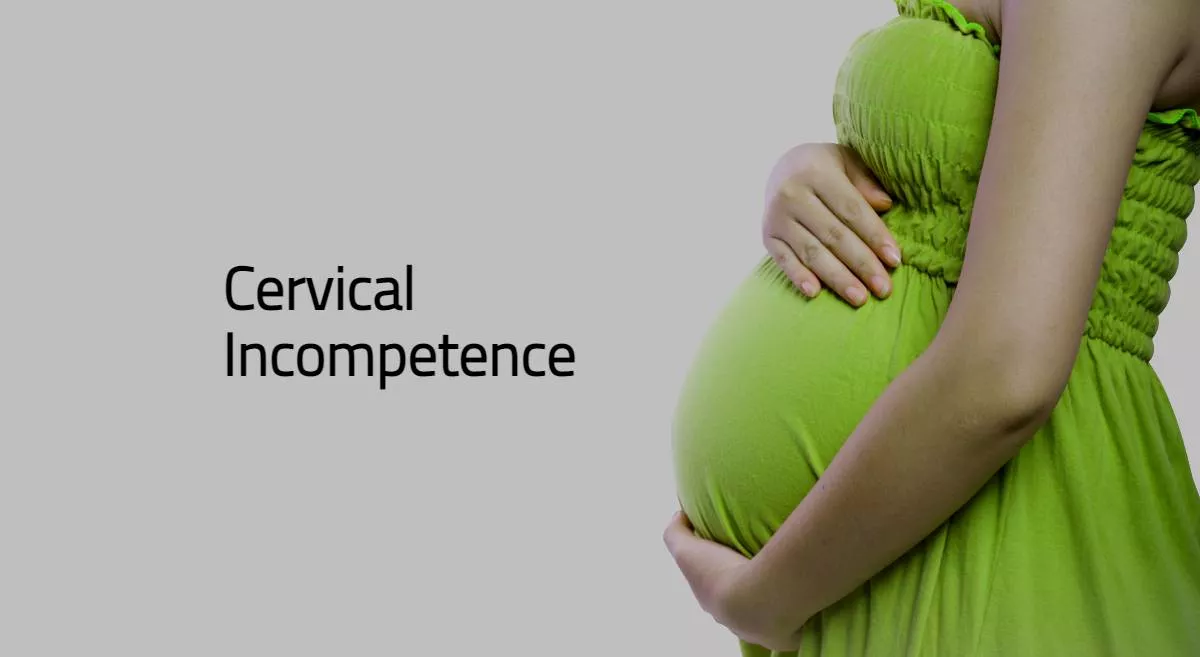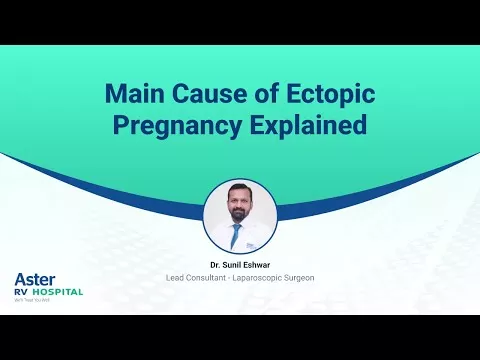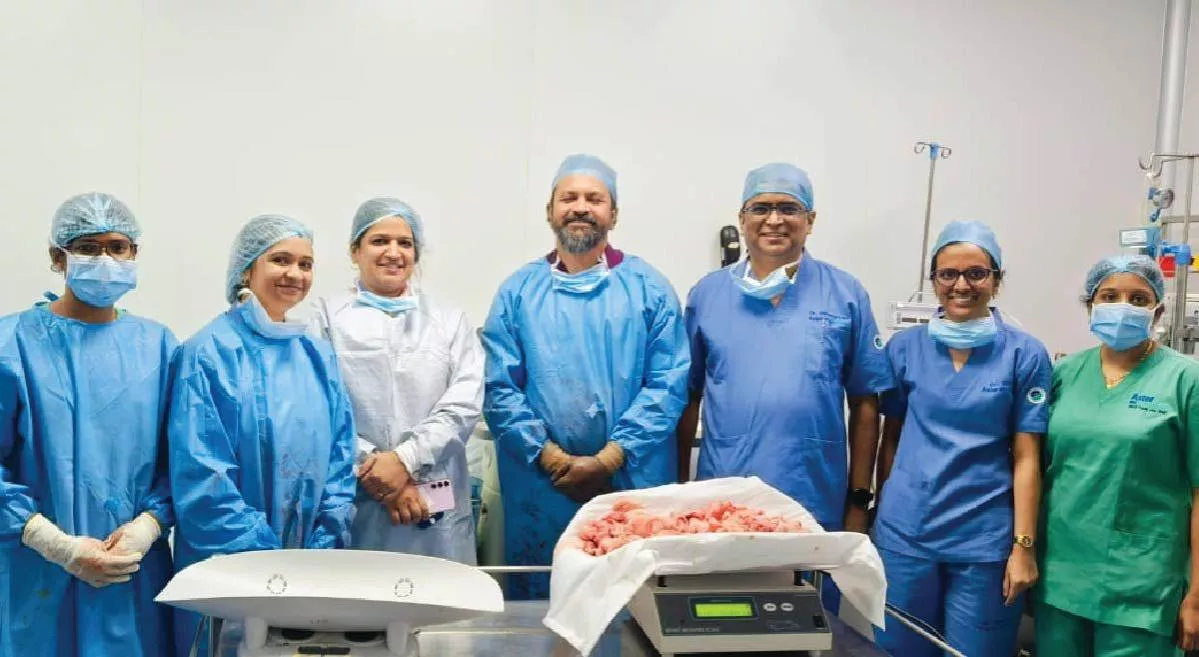Cervical incompetence may be congenital or acquired. The most common acquired cause is cervical trauma such as cervical lacerations during childbirth, cervical conization, LEEP (loop electrosurgical excision procedure), or forced cervical dilatation during the uterine evacuation in the first or second trimester of pregnancy.
Symptoms
Cervical insufficiency is a well-recognized cause of late miscarriage, and the diagnosis is often made retrospectively after a woman has had a second-trimester loss. Most of the women have no symptoms or only mild symptoms beginning in the early second trimester. These include abdominal cramping, backache, pelvic pressure, vaginal discharge which increases in volume, vaginal discharge which changes from clear to pink, and spotting.
Treatment
Many nonsurgical and surgical modalities have been proposed to treat cervical insufficiency. Certain nonsurgical approaches, including activity restriction, bed rest, and pelvic rest have not proven effective in the treatment of cervical incompetence and their use is discouraged.
Surgical approaches include transvaginal and transabdominal cervical cerclage. The two types of this commonly used vaginal procedure include McDonald and modified Shirodkar.
Transabdominal cerclage is done Laparoscopically with the suture placed at the uterine isthmus and is used in some cases of severe anatomical defects of the cervix or cases of prior transvaginal cerclage failure.











